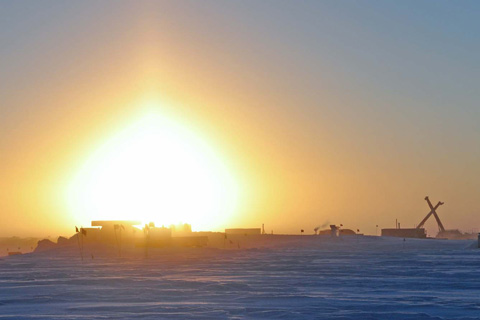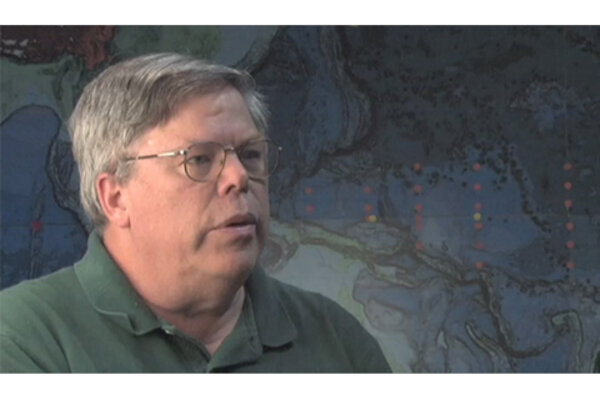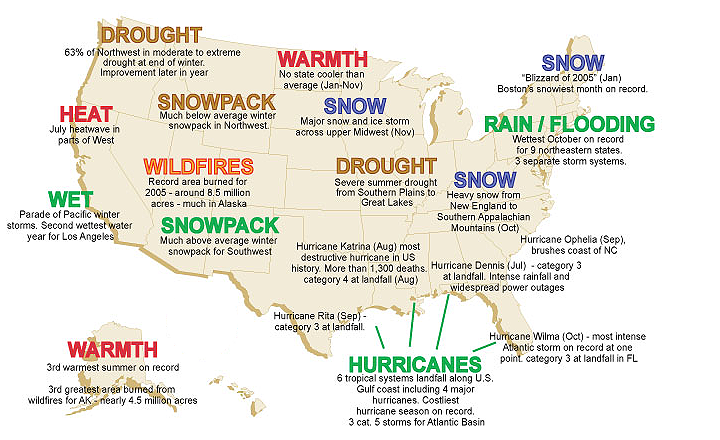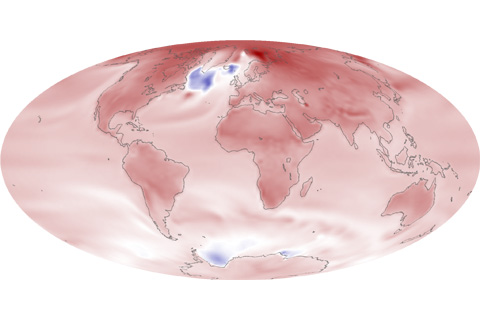
Curiosity is a cruel master, says Dave Bertelsen. Over the past 25 years, he has hiked over 12,000 miles through a desert canyon, just to see what was blooming. He found a few surprises along the way.

In the summer of 2009, sea ice receded to its third-smallest area in recorded history. The reduced sea ice cover in the Arctic allowed an international group of scientists to study areas of the ocean that they have never been able to reach before.

As the sun sinks below the horizon at the South Pole, NOAA researchers stationed at the bottom of the world settle in for six months of darkness. Throughout the Antarctic winter, the researchers will collect air samples to help maintain long-term records of trace gases, aerosols, and solar radiation.

NOAA's Climate Scene Investigators analyzed why the mid-Atlantic region had record-setting snowstorms this winter. The team looked for but found no human "fingerprints" on the severe weather. Instead, they fingered two naturally occurring climate patterns as co-conspirators in the case.

Watch what happens when an invasive insect takes its toll on eastern hemlock trees in the Southern Appalachian Mountains.
We can have record-setting blizzards and global warming at the same time. NOAA scientists explain climate variability, how it influenced our weather this winter, and how it differs from climate change.

The Origin and Impacts of Ocean Acidification, Part 1
March 21, 2010

Along coasts, people are waking up to the need for adaptation to climate change. This article points the way to information for getting started.

Across the contiguous United States, more than a third of the land has an above-average risk of flooding this spring, according to an announcement issued on March 15 by NOAA’s National Weather Service.

Global climate models project that near the end of the 21st century, average surface temperature over most of Earth’s surface will be several degrees warmer than today, mainly due to rising levels of greenhouse gases in the atmosphere.